Let Them Make a Mess: The Surprising Benefits of Self-Feeding
Early Learning Made Easy Feeding & Nutrition
Why Messy Mealtimes Matter
Picture this: your baby in their highchair, hands full of mashed sweet potato, yogurt streaked across their face, and a proud grin as they explore every bite. For many caregivers, this scene sparks an instinctive desire to reach for a wipe. But before you do—pause. That messy moment is actually a powerful part of your baby’s development.
Self-feeding isn’t just about getting calories in. It’s a full-body sensory experience that helps babies learn about the world, build coordination, and develop a healthy relationship with food. When we rush to tidy or do all the feeding for them, we may accidentally limit their chances to practice important skills.
The Sensory Magic of Messy Eating
Babies learn best through their senses. Each squish, smear, and squeeze gives their brain new information about texture, temperature, color, and consistency. Feeling mashed banana versus soft avocado or crunchy puffs teaches them to notice differences—an essential foundation for sensory processing skills.
Sensory processing refers to the brain’s ability to receive, organize, and respond to information from the senses. When babies have regular chances to explore different food textures with their hands and mouths, they often become more comfortable with new experiences—both at mealtime and in everyday life.
On the other hand, if food play is always shut down quickly (“That’s too messy!” “Yuck, don’t touch that!”), some children may become more cautious or sensitive. Over time, that can show up as refusing certain textures, avoiding “messy” activities like finger paint, or feeling overwhelmed by new foods on their plate.
Building Fine Motor Skills, One Pea at a Time
Picking up a single pea might seem like a tiny victory—but for a baby, it’s a big deal. Self-feeding is a workout for the small muscles in the hands, fingers, and wrists. These are the same muscles children will later use for scribbling, turning pages, zipping coats, and writing their names.
When babies grasp finger foods or guide a spoon toward their mouth (even when it misses!), they’re practicing:
- Hand-eye coordination – matching what they see with how their hands move.
- Pincer grasp – using the thumb and index finger to pick up small pieces.
- Bilateral coordination – using both hands together, like holding a bowl with one hand and scooping with the other.
All of this practice builds strength, confidence, and body awareness. Messy mealtimes are really early fine motor workouts in disguise.
The Long-Term Nutrition Benefits
Allowing babies to self-feed does more than boost motor and sensory skills—it helps shape lifelong eating habits. When children are given reasonable choices and trusted to decide how much to eat from what is offered, they build a stronger internal sense of hunger and fullness. This is sometimes called intuitive eating.
This freedom supports:
- Positive mealtime relationships – food becomes something to enjoy and explore, not a battle.
- Healthy weight regulation – children learn to stop eating when they feel full instead of when the plate is empty.
- Reduced picky eating – kids who are allowed to interact with new foods at their own pace are more likely to eventually taste and accept them.
Research in child development and nutrition suggests that pressuring children to “clean their plate,” bribing them with dessert, or constantly wiping and correcting can increase mealtime stress. Over time, this stress can make children more selective and less willing to try new foods. Gentle, responsive self-feeding sends the opposite message: “I trust you. Your body knows what it needs.”
Overcoming the Fear of the Mess
It’s completely understandable—nobody loves scrubbing oatmeal off the floor. The goal is not a picture-perfect kitchen; the goal is progress. A few simple strategies can make self-feeding feel manageable:
- Place a washable mat or towel under the high chair for easy cleanup.
- Use a long-sleeve bib or smock to protect clothing.
- Offer small portions and refill as needed instead of serving a huge plate.
- Keep wipes or a damp cloth nearby, but save most of the cleanup for the end.
- Schedule messy meals when you’re not rushing out the door.
- Remember that this stage is temporary—each messy meal is building skills your child will use for years.
You don’t have to allow a food explosion at every single meal. Even choosing one or two “practice meals” each day where your baby can explore more freely is a wonderful start.
Gentle Guidance: What Parents Can Do Instead
Rather than focusing on neatness, focus on connection and curiosity. You are your child’s best model and guide. Here are some simple ways to support self-feeding:
-
Offer safe, soft finger foods.
Think avocado slices, steamed carrots, banana chunks, cooked peas, or soft scrambled eggs. Make sure foods are cut in shapes that reduce choking risk and are appropriate for your child’s developmental stage. -
Sit and eat together when you can.
Babies learn by watching you. When you sit nearby and enjoy your own meal, you’re teaching them that food is safe, enjoyable, and worth trying. -
Provide utensils early.
You can offer a baby spoon or fork even before your child can fully use it. Let them dip, scoop, and practice while you also offer bites if needed. Over time, they’ll do more and more on their own. -
Follow your baby’s cues.
Watch for signs that they’re full or done—turning away, pushing food away, clamping their mouth shut, or becoming very distracted. Try not to coax “just one more bite” if their body is telling you they’re finished. -
Keep the tone positive.
Comment on what they’re doing: “You’re squishing the banana,” “You picked up that pea all by yourself!” This kind of language supports learning and confidence without focusing on the mess.
The Joy of Discovery
When you let babies feed themselves, you’re giving them more than food—you’re giving them freedom. They get the chance to explore, make decisions, and delight in the simple joy of discovery. Each squishy handful is a lesson in texture, coordination, and confidence.
So the next time you find yourself wiping mashed peas off the wall, take a deep breath and smile. You’re not just cleaning up a mess—you’re witnessing growth in action.
Created by Ms. Vanessa — Early Learning Made Easy
Join Early Learning Made Easy for access to printable training tools, caregiver resources, and member-only learning materials designed to make early childhood development simple and meaningful.
Research & Attribution Note: Early Learning Made Easy resources are created independently by Ms. Vanessa and are informed by evidence-based early childhood and nutrition research (for example, recommendations from pediatric, developmental, and public health organizations). These materials are not formally affiliated with or endorsed by any outside institution.
Recommended Books & Tools
Reading Picks
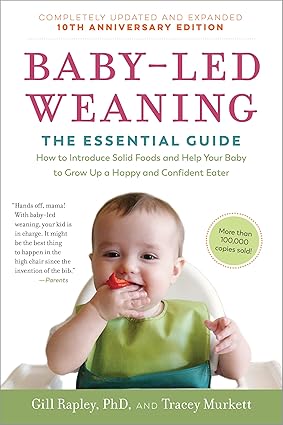
Baby-Led Weaning (Rapley)
Practical guidance on safely supporting self-feeding from the start.
View on Amazon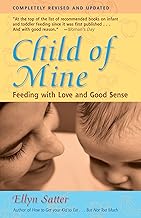
Child of Mine (Ellyn Satter)
Feeding with love and good sense—trusting hunger and fullness cues.
View on Amazon
Caregiver Tools
As an Amazon Associate I earn from qualifying purchases.
Related Post: Family Traditions That Build Connection
 Learn how small, predictable family rituals help children feel safe, connected, and loved. Discover how to create lasting traditions.
Learn how small, predictable family rituals help children feel safe, connected, and loved. Discover how to create lasting traditions. Related Post: Little Helpers at the Table, Encouraging Independence in Toddlers and Preschoolers
Find More Information on Developmental Milestones HERE
Note: Content is independently created and informed by evidence-based research (e.g., AAP, USDA, Seligman) but not affiliated with or endorsed by any external institution or author.
Created by Ms. Vanessa — Early Learning Made Easy.
✨ You’re Doing Amazing — Let’s Make Learning Simple ✨
Subscribe to my blog for instant access to today’s Featured Freebie — plus weekly printables, early learning tips, and new resource alerts.
✉️ Subscribe for Instant Access
Want unlimited access to every premium resource and future freebie — forever?
(One-time purchase. Lifetime access.)
Already a member? Request your freebie here
No spam — just real tools that make early learning simple, joyful, and evidence-based.
About Early Learning Made Easy:
Created by Ms. Vanessa, CDA-certified Early Childhood Educator. This blog provides simple, joyful, evidence-informed learning activities for families and caregivers.
Affiliate & Research Disclosure:
This site may include Amazon affiliate links. As an Amazon Associate, I earn from qualifying purchases at no additional cost to you. Content is independently created and informed by evidence-based research.
© Early Learning Made Easy — All Rights Reserved.
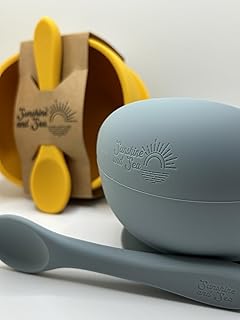

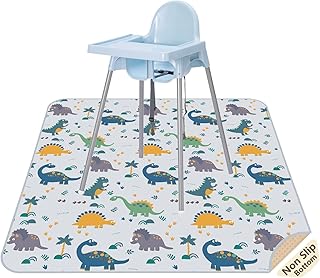
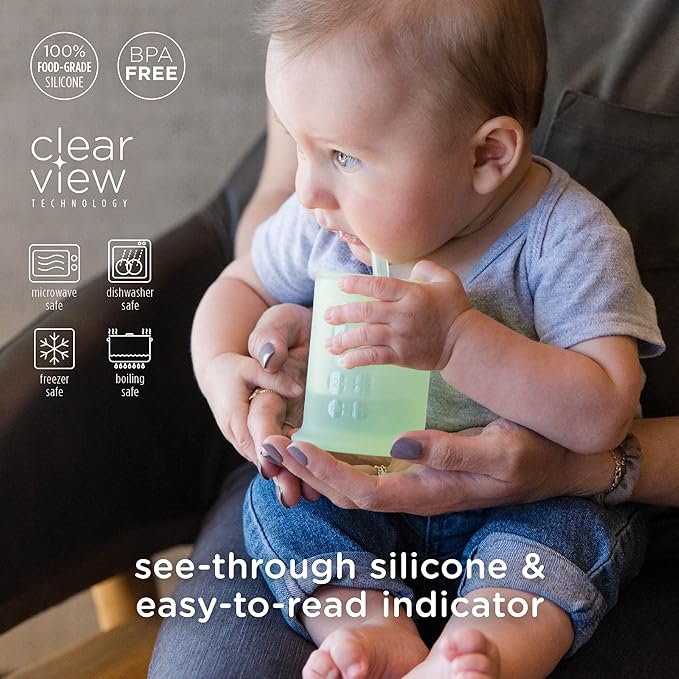



No comments:
Post a Comment
We would love to hear from you!
Note: Only a member of this blog may post a comment.